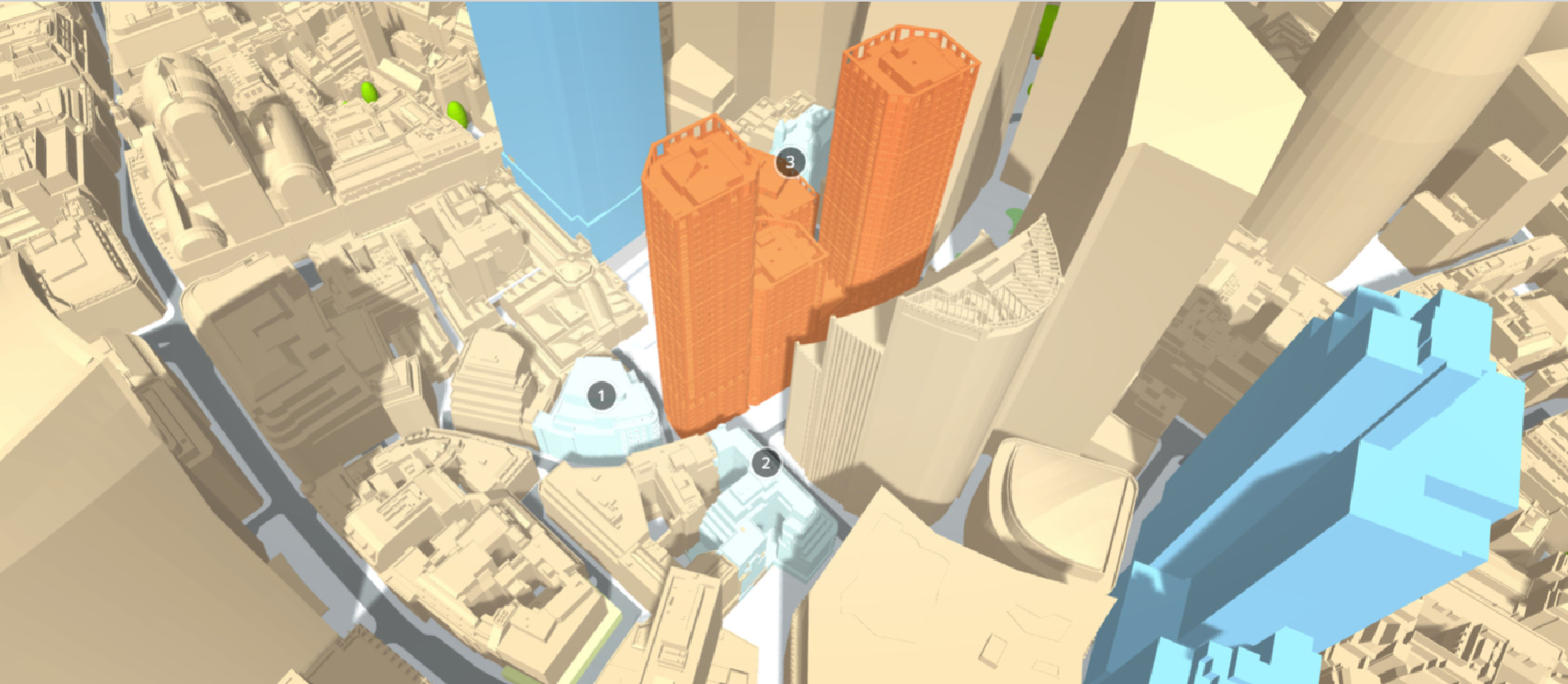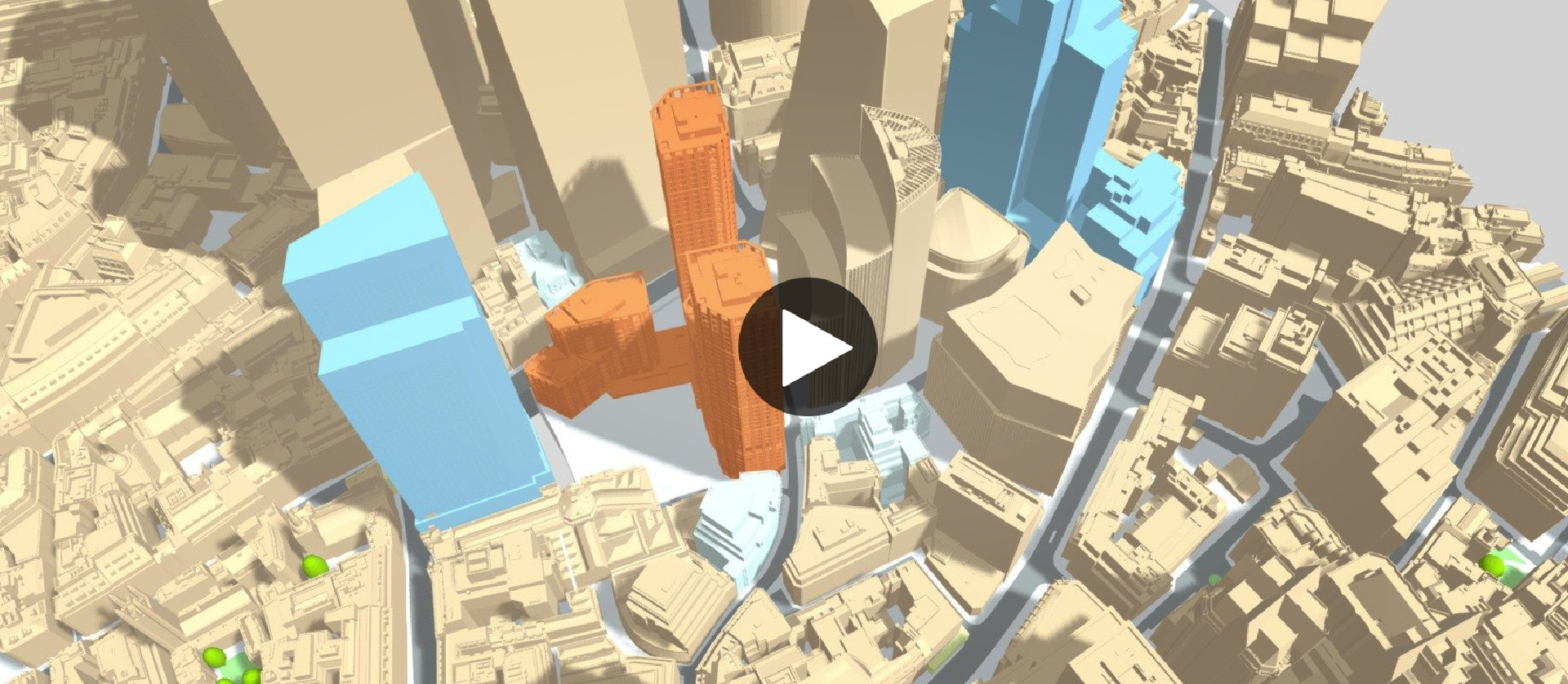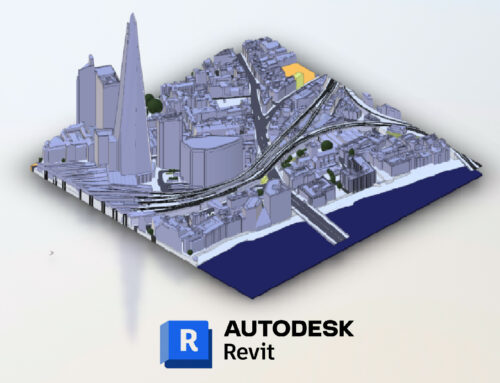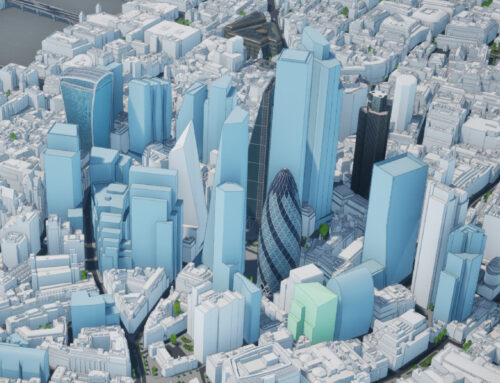An interactive display of a Right to Light (RoL) study results is a great way to communicate an often difficult-to-read planning document. The Right to Light study is an important aspect of planning and development, particularly in urban areas. A Right to Light study aims to assess and safeguard access to natural light for existing buildings and surrounding spaces. This concept is based on the idea that individuals have a right to receive a certain level of natural daylight in their homes and workplaces.
Hollis is a market leader in providing such studies in the UK. With 18 offices spanning all corners of the country, Hollis is the largest independent real estate consultant in the UK. They have been working side-by-side with clients to resolve neighborly matters across the whole spectrum of issues that a building can present for over 20 years. This includes rights of light and daylight and sunlight assessment.
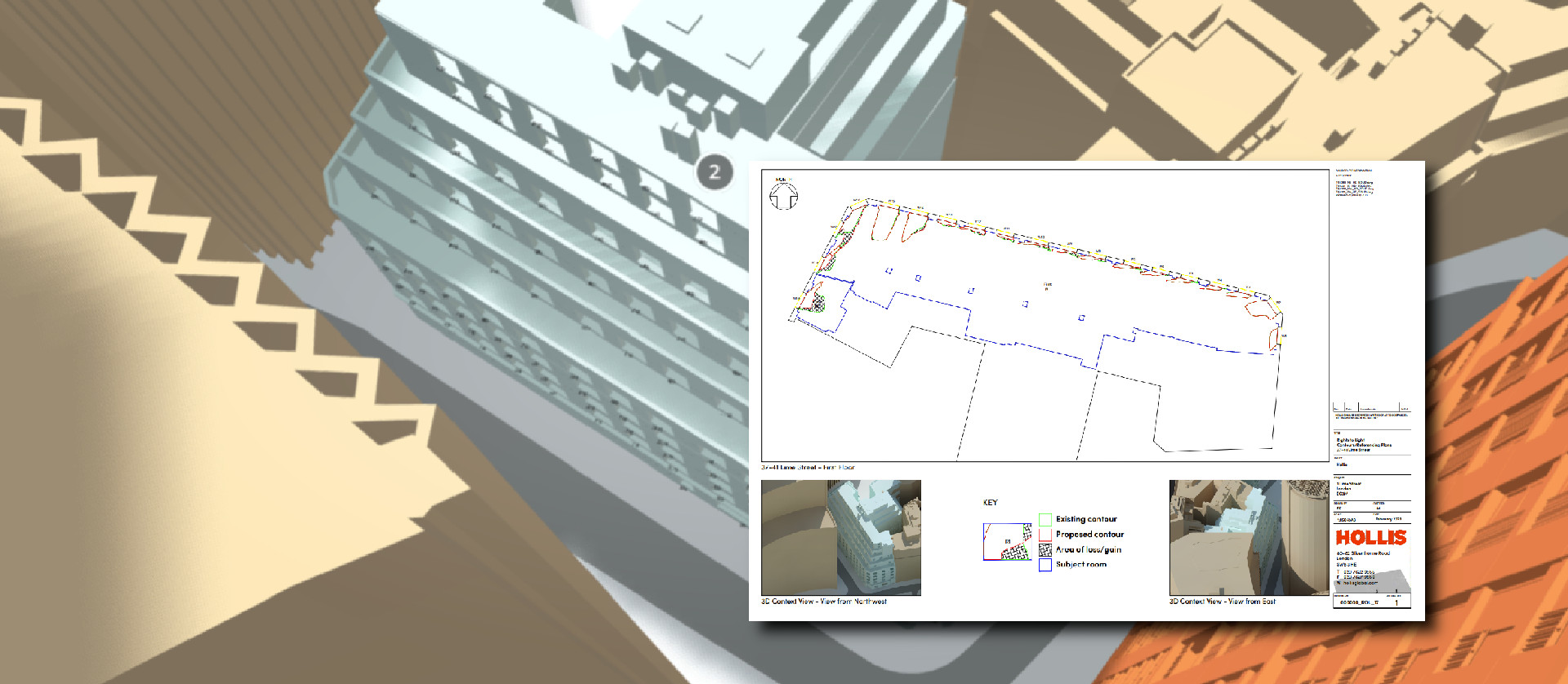
Key purposes of a Right to Light study
In the United Kingdom, there are legal regulations or guidelines related to the Right to Light. A Right to Light study ensures that proposed developments comply with these regulations, avoiding legal disputes and potential liabilities. But of course, there are real-world reasons why these regulations exist.
Most importantly, RoL regulations are meant to preserve the quality of life for existing residents. Access to natural light is essential for the well-being and quality of life of individuals. Adequate daylight in living and working spaces contributes to physical and mental health, productivity, and overall comfort. New developments or changes to existing structures can potentially block or reduce the amount of natural light that neighbouring properties receive. The Right to Light study helps assess and minimise any negative impacts on neighbouring buildings, ensuring that new developments do not unreasonably diminish the available natural light.
The Right to Light study can help identify potential issues early in the planning process. By addressing concerns and finding solutions during the planning stage, it can help prevent disputes and conflicts between property owners, developers, and local authorities. The study can also influence the design of new buildings to ensure that they are sensitive to their surroundings, minimising the impact on neighbouring properties while still achieving the desired development goals.
Advantages of interactive Right to Light study results
Although the study is conducted in a 3D environment using accurate 3D models of the area and complex light, shadow and simulation tools, its results are often communicated in a 2D document. These documents, although cover all the important elements of the study, are often difficult to read and understand. Making the results of the study interactive can greatly enhance the readability and overall understanding of the results, especially to the layman and the general public.
Until very recently, making RoL study results interactive was limited by the technology as an expensive PC was required to view and manipulate large and complex 3D city models. Today, it is easy to display and manipulate 3D models directly in your browser.

